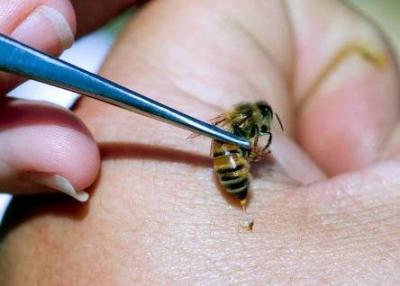Eating insects may not seem appetizing, but most people consume them daily without realizing it. According to the U.S. Department of Agriculture (USDA), the average person inadvertently consumes one pound (453.592 grams) of insects each year. This is because fruits, vegetables, spices, and many processed foods are legally allowed by the Food and Drug Administration (FDA) to contain small levels of insect parts, which accumulate over time. While there is much debate about how many insects we consume in our sleep, scientists agree that the number is not zero.
The FDA's Food Defect Levels handbook outlines the amounts of insect heads, bodies, legs, and even whole insects permitted in certain foods. For instance, there can be as many as five whole insects in apple butter, and 500 grams of larvae in berries. The FDA allows for the discovery of up to 30 insect fragments and one rodent hair per 100 grams of peanut butter.
Because most insects typically do not survive the journey from the mouth to the stomach, microbiologist Bobby Pritt from Mayo Clinic states that "bees, wasps, fire ants, or some larvae can cause pain, swelling, and even cardiac arrest if an individual is allergic."
In this context, Diane Georgas, director of emergency medicine at Ohio State University, affirmed that "coughing usually expels the insect, but it is a concern if it moves significantly down the vocal cords. In this case, spit it out as quickly as possible and drink a strong-tasting liquid." Houseflies and other arthropods such as spiders, beetles, and insects can become problematic only if one swallows one that carries bacteria.
Carol M. Anelli, a professor and interim chair of the Department of Entomology at Ohio State, noted, "Houseflies can mechanically transfer some bacteria." Cameron Webb, a medical lecturer at the University of Sydney, explained that "flies are known for spreading disease due to their messy habits."
The common housefly (Musca domestica) carries over 100 diseases that affect humans and animals. These diseases include salmonella, anthrax, typhoid fever, tuberculosis, cholera, diarrhea, and a variety of parasites including pinworms, roundworms, hookworms, and tapeworms.




